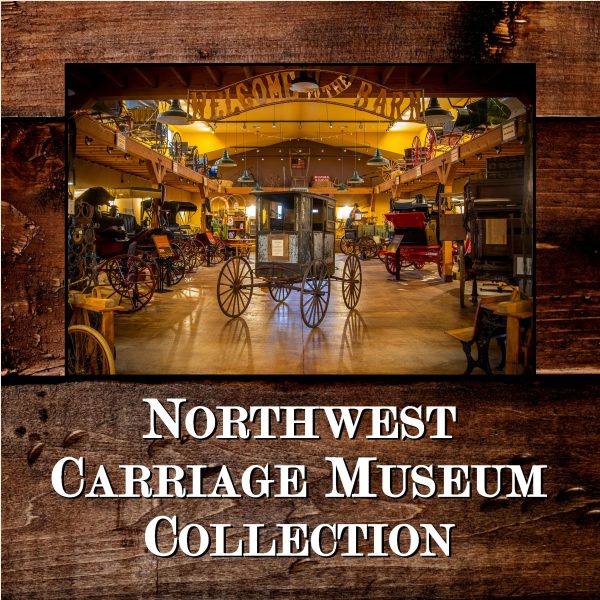Curator: The Modern Renaissance Man
 In the midst of a recent research rabbit hole, an entertaining post came to light: this delightfully snarky letter by one of the trustees of the Iziko South African Museum in Cape Town, South Africa, written in 1870, casting aspersions on a particular candidate’s aptitude for curatorial work. Here is Sir Richard Southey’s brief description of the ideal museum curator:
In the midst of a recent research rabbit hole, an entertaining post came to light: this delightfully snarky letter by one of the trustees of the Iziko South African Museum in Cape Town, South Africa, written in 1870, casting aspersions on a particular candidate’s aptitude for curatorial work. Here is Sir Richard Southey’s brief description of the ideal museum curator:
“The Curator must be a man of active habits, possess a practical knowledge of taxidermy (essential in our institution), must know a little of mechanics, and do a little carpentering very often. He must know how to handle the gun as well as the butterfly net, and be able to go out boating or riding, roughing it in fact, for specimens.”
The rest of the letter is basically about how the candidate under consideration is just a weedy, lazy entomologist, and therefore no good for the robust manly tasks required of a proper curator.
This humorous exploration of curatorship provided too good an opportunity to pass up to salute the skills and humor of our own beloved curator, Jerry Bowman, who does most of the writing for this blog, gives historical talks all over the country, is the museum’s #1 cheerleader, and maintains our world-class collection and building & grounds. Jerry has drive, passion, confidence, commitment, a sense of humor, and attention to detail that makes him the best man for job!
From a young age Jerry had a sense of humor which, if you know him, has only enhanced with age. His love of woodworking started early with exposure to carpentry projects through a beloved neighbor/grandfather-figure named Joe. Sports also played a big part of his life growing up, as a youth and well into college. Sports formed his discipline, confidence, and competitiveness to always get a job done right. After graduating from college, he enjoyed coaching and teaching math for a short time, but fate would have him enter the business world. During his 30+ year career with Bank of America he climbed the corporate ladder; his drive, honesty, and ability to work through the challenges of big business, including the sacrifices, and life experiences attributed to his success. Throughout his life, he maintained and cultivated his love of sports and woodworking, and added to the list of hobbies and projects through the years with things like restoring a ’53 Chevy and making wooden bird houses, trivets, and novelty items. His interest in history–especially the Civil War era–was a perfect fit for the museum, along with being a natural at fixing, tinkering, and building things! After retiring 20 years ago from SoCal and the “rat race of city life,” he is living his best life in the PNW! He is doing what he loves, conserving vehicles, giving entertaining tours, and speaking at engagements, all with a twinkle in his eye, as the curator at the NWCM! His passion is infectious, ask anyone he has talked with!








